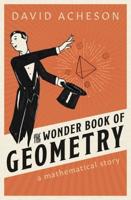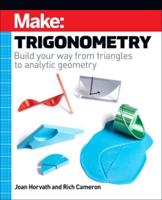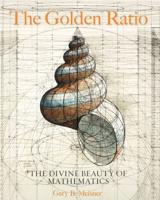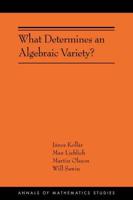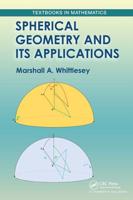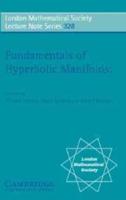Publisher's Synopsis
Geometry was considered until modern times to be a model science. To be developed more geometrico was a seal of quality for any endeavor, whether mathematical or not. In the 17th century, for example, Spinoza set up his Ethics in a more geometrico manner, to emphasize the perfection, certainty, and clarity of his pronouncements. Geometry achieved this status on the heels of Euclid's Elements, in which, for the first time, a theory was built up in an axiomatic-deductive manner. Euclid started with obvious axioms - he called them "common notions" and "postulates" -, statements whose validity raised no doubts in the reader's mind. His propositions followed deductively from those axioms, so that the truth of the axioms was passed on to the propositions by means of purely logical proofs. In this sense, Euclid's geometry consisted of "eternal truths." Given its prominence, Euclid's Elements was also used as a textbook until the 20th Century. Today geometry has lost the central importance it had during earlier centuries, but it still is an important area of mathematics, and is truly fundamental for mathematics from a variety of points of view. The "Introduction to Geometry" by Ewald tries to address some of these points of view, whose significance will be examined in what follows from a historical perspective.

